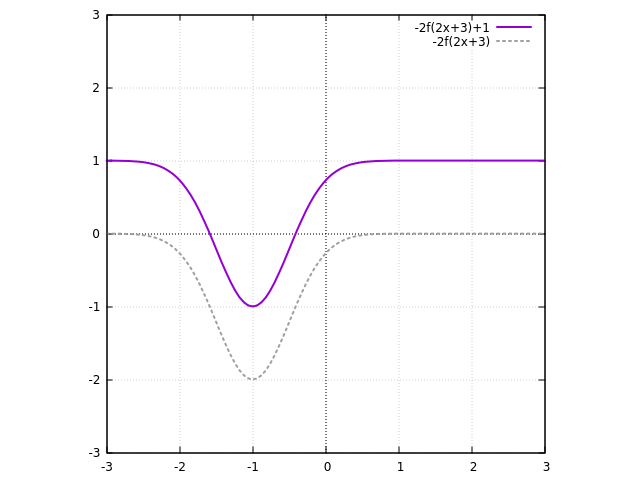#y=f(x)# is given. Graph, #y=f(3x)-2# and #y=-f(x-1)#?
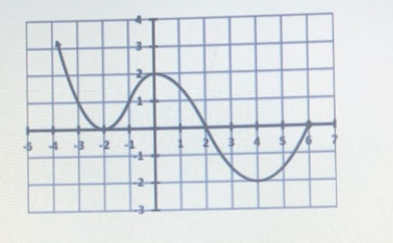
2 Answers
Don't have graph paper handy - so I hope that the description helps!
Explanation:
For
For
Here is a more detailed explanation
Explanation:
The problems are special cases of a more general problem :
Given the graph for
(the first one is for
I will try to explain the answer in steps, by tackling the problem one step at a time. It will be a pretty long answer - but hopefully the general principle will be clear by the end of it.
For illustration I'll use a particular curve that I am showing below, but the idea will work in general.
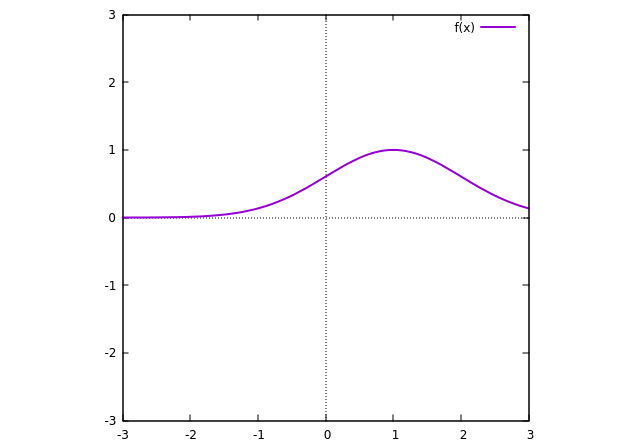
(If anyone is interested, the function that is being plotted here is
1) Given the graph for
This one is easy - all you have to do is note that if
So, the graph of
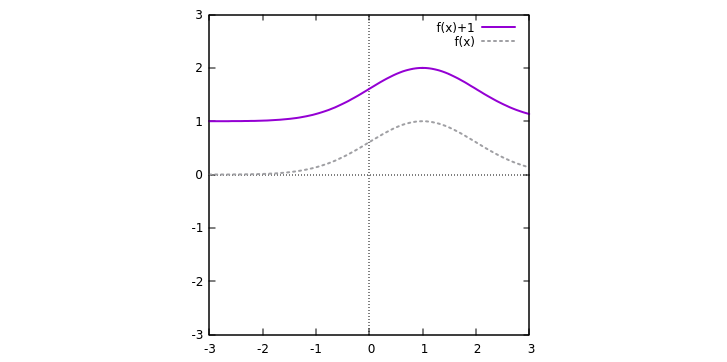
As you can see, the graph for
The graph for
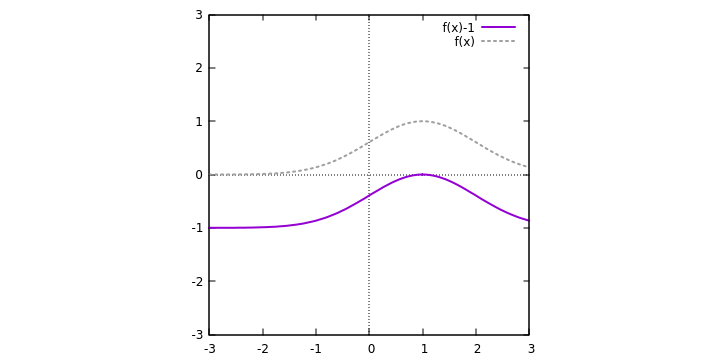
2) Given the graph for
It is easy to see that if
As an example, the graph for
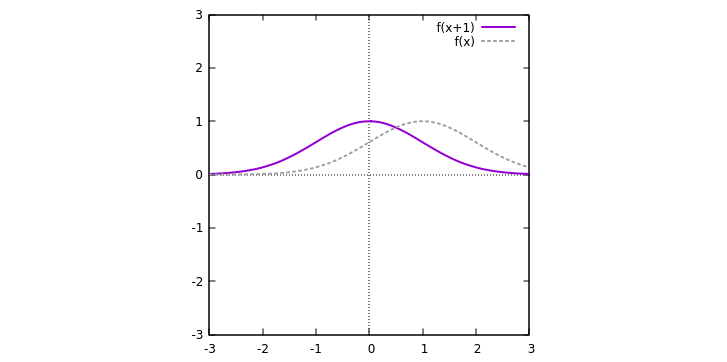
while that for
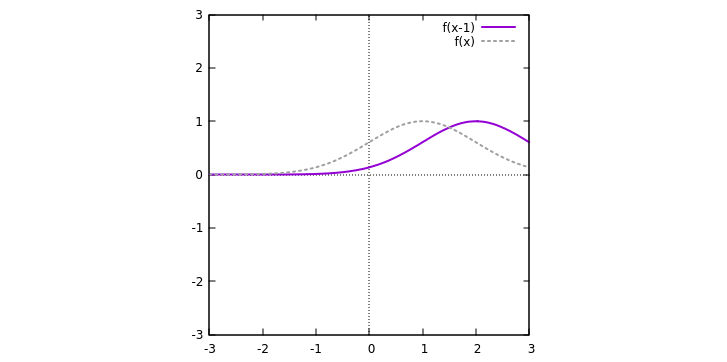
3) Given the graph for
Since
This means that the original graph has to be squeezed by a factor of
The graph for
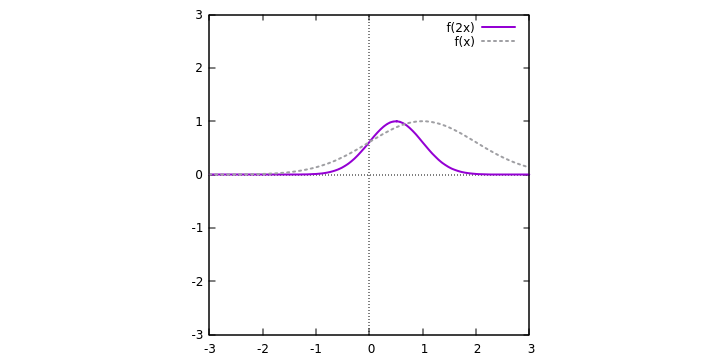
Note that the while the height stays the same at 1, the width shrinks by a factor of 2. In particular, the peak of the original curve has shifted from
On the other hand, the graph for

Note that this graph is twice as broad (squeezing by
A special mention must be made of the case where
- First find the graph of
#y=f(-x)# , and then - squeeze the resulting graph by
#|b|#
Note that for each point

As an illustration of the two step process, consider the graph of

Here the original curve, that for
4) Given the graph for
The pattern is the same here - if
This means that for a positive
The curve below is for

Note that the while the peak is at the same value of
The figure below illustrates the squeezing that occurs when

Once again, the case for
- First flip the curve upside down about the
#X# axis to get the curve for#y=-f(x)# - Stretch the curve by
#|a|# along the#Y# axis.
The curve for

while the picture below illustrates the two steps involved in drawing the curve for

Putting it all together
Now that we have gone through the individual steps, let us put them all together! The procedure for drawing the curve for
starting from that of
- Plot the curve of
#y=f(x+c)# : shift the graph by a distance#c# to the left - Then plot that of
#y = f(bx+c)# : squeeze the curve that you get from step 1 in the#X# direction by the factor#|b|# , (first flipping it about the#Y# axis if#b<0# ) - Then plot the graph of
#y=af(bx+c)# : scale the curve that you got from step 2 to by a factor of#a# in the vertical direction. - Finally push the curve that you obtain in step 3 up by a distance
#d# to get the final result.
Of course you need to carry out all four steps only in extreme cases - often a smaller number of steps will do! Also, the sequence of steps is important.
In case you are wondering, these steps follow from the fact that if
Let me illustrate the process by an example with our function
First - the shift to the left by 3 units

Then : squeeze by a factor of 2 along the

Then, flipping the graph over about the

Finally, shifting the curve up by 1 unit - and we are done!
